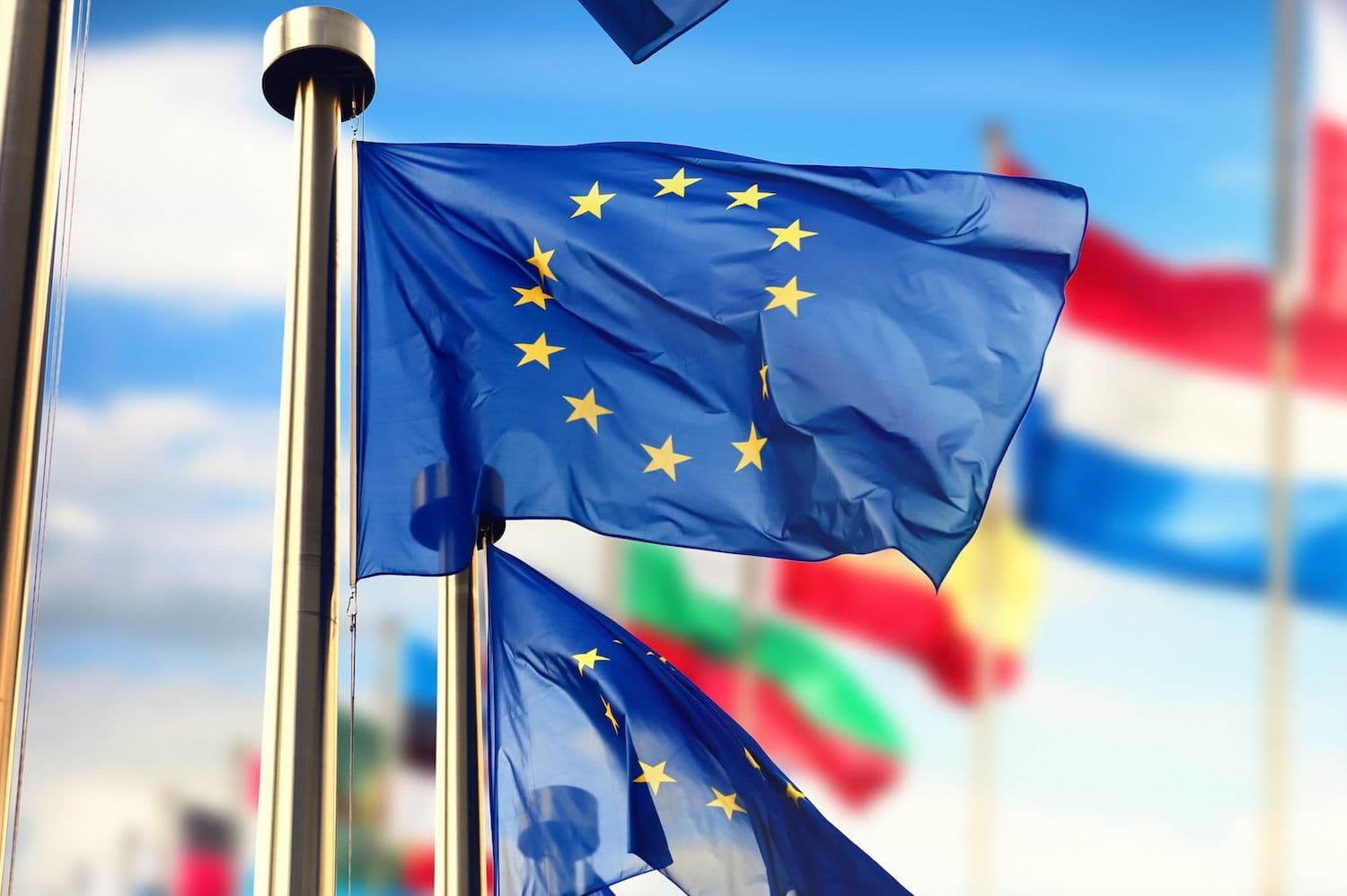European Union officials issued urgent calls for accelerated development of Euro-backed stablecoins during the Oct. 9 Fintech Forum in Paris, warning that continued reliance on U.S. dollar-denominated digital currencies threatens the region's financial sovereignty. Pierre Gramegna, managing director of the European Stability Mechanism, said Europe cannot afford dependence on dollar stablecoins that currently dominate markets. The statements come as Euro stablecoins represent just $620 million of the $300 billion global stablecoin market.
What to Know:
- European officials warn that Euro stablecoins account for only $620 million in a $300 billion market currently dominated by U.S. dollar-denominated alternatives.
- Nine major European banks plan to launch a Euro-backed stablecoin in the second half of 2026 under the EU's Markets in Crypto-Assets Regulation framework.
- The U.S. recently passed the GENIUS Act, requiring one-to-one backing of stablecoins with cash or liquid assets, intensifying competition in digital currency regulation.
European Officials Push for Monetary Independence
Gramegna addressed the financial technology conference with direct language about Europe's position in digital payments. "Europe should not be dependent on US dollar-denominated stablecoins, which are currently dominating markets," he said. "Stablecoins are an inevitable part of this equation."
He emphasized the need for domestic issuers to generate Euro-denominated stablecoins in what he described as a rapidly evolving financial landscape.
François Villeroy de Galhau, governor of the Banque de France, reinforced this message with specific guidance for European banks.
"If banks are looking at the dollar stablecoin market – why not? That's where the market is today," de Galhau said. "But they should equally focus on their natural market of tomorrow: euro stablecoins."
The French central banker went further, describing the coexistence of tokenized deposits and Euro stablecoins issued by regulated banks as essential to Europe's future monetary architecture. He framed the choice starkly: "We could have both – but we must not end up with neither."
Paschal Donohoe, president of the Eurogroup, offered measured support for digital currency initiatives. He noted that the digital euro could still be a net positive for commerce in the region.
The European Central Bank called for stronger international coordination on stablecoin regulation in July 2025.
Nine Banks Unite as U.S. Legislation Advances
The urgency expressed by European officials reflects competitive pressure from recent U.S. regulatory moves. The GENIUS Act establishes requirements that every stablecoin must be backed one-to-one with cash or liquid assets. Issuers must make those reserves public under the legislation, which passed as part of a broader package that included the CLARITY Act and the Anti-CBDC Surveillance State Act.
The CLARITY Act grants the Commodity Futures Trading Commission expanded control over crypto markets. The Anti-CBDC bill aims to block digital dollar efforts by the Federal Reserve.
Nine of Europe's largest banks responded to these developments by announcing collaboration on a Euro-backed stablecoin.
ING, UniCredit, Danske Bank, SEB, KBC, DekaBank, Banca Sella, and Raiffeisen Bank International plan to launch the stablecoin under the EU's Markets in Crypto-Assets Regulation framework in the second half of 2026.
ING released a joint statement on Sept. 25 confirming the initiative. "The initiative will provide a real European alternative to the US-dominated stablecoin market, contributing to Europe's strategic autonomy in payments," the statement said.
The collaborating banks say the stablecoin will provide near-instant, low-cost payments and settlements. They promise 24/7 access to efficient cross-border payments, programmable payments, and improvements in supply chain management and digital asset settlements spanning securities to cryptocurrencies.
Understanding Digital Currency Terms
Stablecoins are cryptocurrencies designed to maintain a stable value by pegging themselves to traditional currencies like the dollar or euro. Unlike Bitcoin or Ether, which can fluctuate dramatically in price, stablecoins aim to combine the benefits of cryptocurrency technology with the stability of government-backed money. The largest stablecoins currently in circulation are denominated in U.S. dollars.
The Markets in Crypto-Assets Regulation, known as MiCA, represents the EU's comprehensive framework for regulating digital assets. The legislation sets standards for issuers, trading platforms, and custody providers.
It aims to protect consumers while fostering innovation in the crypto sector.
Tokenized deposits differ from stablecoins in their legal structure. While stablecoins function as new forms of digital money, tokenized deposits represent traditional bank deposits recorded on blockchain technology. Banks issuing tokenized deposits maintain the same regulatory obligations as they do for conventional deposits.
Closing Thoughts
European officials and major banks are coordinating efforts to establish the Euro as a significant force in the digital currency landscape before U.S.-backed alternatives become further entrenched. The 2026 launch timeline for the nine-bank stablecoin initiative represents the most concrete step toward that goal, though success depends on regulatory clarity and market adoption.

